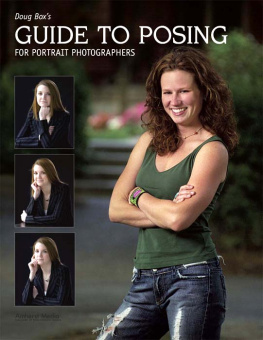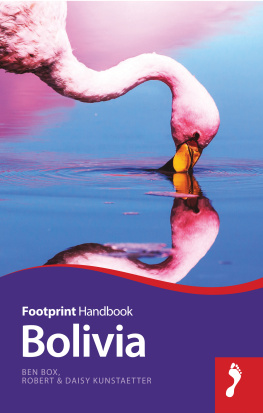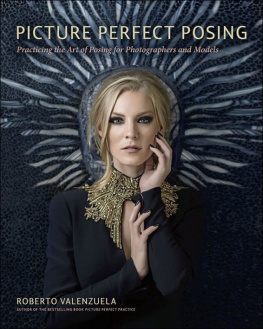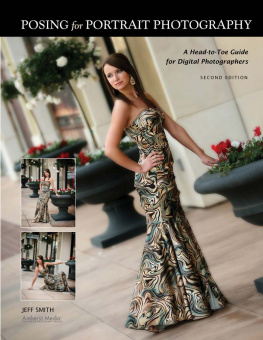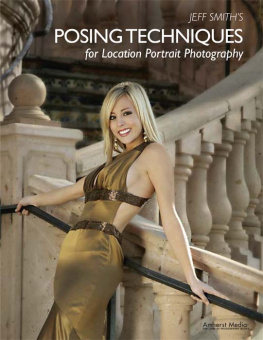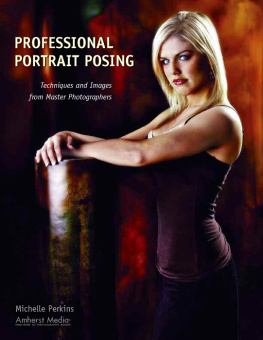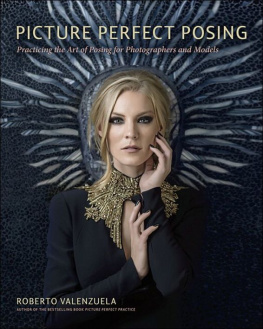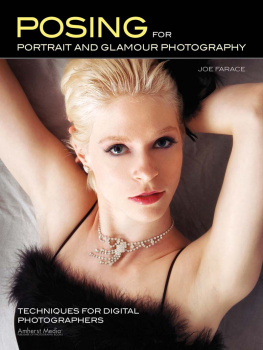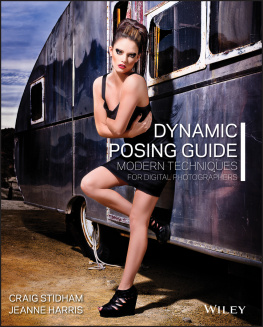Copyright 2009 by Doug Box.
All photographs by the author unless otherwise noted.
All rights reserved.
Published by:
Amherst Media
P.O. Box 586
Buffalo, N.Y. 14226
Fax: 716-874-4508
www.AmherstMedia.com
Publisher: Craig Alesse
Senior Editor/Production Manager: Michelle Perkins
Assistant Editor: Barbara A. Lynch-Johnt
Editorial Assistant: John S. Loder
ISBN-13: 978-1-58428-248-8
Library of Congress Control Number: 2008926668
Printed in Korea.
10 9 8 7 6 5 4 3 2 1
No part of this publication may be reproduced, stored, or transmitted in any form or by any means, electronic, mechanical, photocopied, recorded or otherwise, without prior written consent from the publisher.
Notice of Disclaimer: The information contained in this book is based on the authors experience and opinions. The author and publisher will not be held liable for the use or misuse of the information in this book.
About the Author
Doug has been inspiring photographers of all levels to go beyond the normal studio into a more successful and creative business. Besides being an excellent photographer, he is a dynamic and entertaining speaker and has appeared in a wide variety of seminars and conventions in forty-seven states in the United States, as well as in Canada, China, England, Mexico, Scotland, and Wales. He was also chosen to teach at the International Wedding Institute by Hasselblad University. His fun and genuine style of teaching will help you learn to be a better photographer.

Dougs articles and images have graced the pages of numerous professional photographic publications. He is the author of the Photographic Success Newsletter and has written several books, including Professional Secrets for Photographing Children (2nd ed.; 2002), Professional Secrets of Wedding Photography (2nd ed.; 2003), and Professional Secrets of Natural Light Portrait Photography (2001), all published by Amherst Media. He has a series of DVD learning systems covering many aspects of photography and is the owner of Texas Photographic Workshops, a year-round educational facility offering hands-on and web-based photographic learning. For more information on any of the learning opportunities, visit www.texasphotographicworkshops.com.
Introduction
The Purpose of Posing
Merriam-Websters Collegiate Dictionary defines pose in the following ways:
- to put or set in place
- to place (as a model) in a studied attitude
- to assume a posture or attitude usually for artistic purposes
- to affect an attitude or character usually to deceive or impress
Well, I believe what we do as photographers is capture our subjects as they are or as they wish to be. I love the last line of the definition, to affect an attitude or character. That is what our subjects want us to do. If we are not good with ourfor the lack of a better descriptionbedside manner, we can cause our subjects to look stiff or unnatural. In addition to learning how to use our cameras features, ensuring great lighting, and carefully composing our images, we need to learn how to make our subjects feel comfortable, so they will look natural when posed in front of the camera. There is as much psychology in making great photographs as there is science. We will talk about all of that in this book.
In the chapters that follow, we will look at the art and science of posing. Youll learn how to present the body to flatter your subjects physique and how the composition and lighting should work with the pose to draw and hold the portrait viewers attention. Youll learn tips and tricks for working with individuals, couples, and groupsas well as strategies for finessing photos of men, women, and children. The book features a wide array of images of a variety of subjectsposed indoors and out. Let the images seen in these pages inspire your work with your own clients.

A great pose helps to make the subjects look their best and adds visual interest in the portrait. In group portraits, the pose also helps to describe the relationship between the subjects.
The Mona Lisa
The Mona Lisa is the most famous, most beautiful, and most valuable portrait in the world. So, should we use it as a standard for all portraits? I submit several of my images each year in contests. I wonder what the judges would say if this image was entered today. Some might say, Lovely subject, nice direction of light, good composition. Others might say, The background is too busy, the artist is showing the back of the hand (the edge of the hand is a more pleasing angle to show), and there is no flow to the pose. But how do you argue with the success of this masterpiece? There is an old saying in the portrait photography business, Beauty is in the eyes of the checkbook holder!
My thinking is, if you like the portrait and the subject, or your client likes the portrait, it is a beautiful portrait.

Traditional or contemporary? Casual or formal? A great pose captures the essence of the subject and helps to establish the mood of the portrait.
CHAPTER ONE
Posing Basics
The Goal
The goal of any pose is to flatter the subject. The pose should appear natural to the subject. The subject should appear relaxed and comfortable. Because we are portraying a three-dimensional subject in a two-dimensional medium, we must be careful to follow some basic rules to show shape and form and to prevent distortions in the subjects features. In the pages that follow, well take a look at some simple strategies that all photographers can adapt, with every client, to take a significant step toward creating better portraits.

A good pose helps to create a sense of a third dimension in a two-dimensional image, flatters the form, and discourages distortion.

The way that the subjects feet are posed affects the line of the whole body and, therefore, you should be sure to carefully position your clients feeteven if you do not plan to show them in the final image. LeftThis is the basic foot position for the basic pose. RightTo add a little more flow to the pose, have the subject move the front foot away from the light, then turn the knee slightly toward the light. In both of these images, the light is coming from the left. If this were a full-length image, you would see that her face was turned toward the left.

LeftHere is the basic foot position used for the feminine pose. In the feminine pose, the body is turned away from the light and the face is turned toward the light. Note that in these images, the main light was placed to the left.

